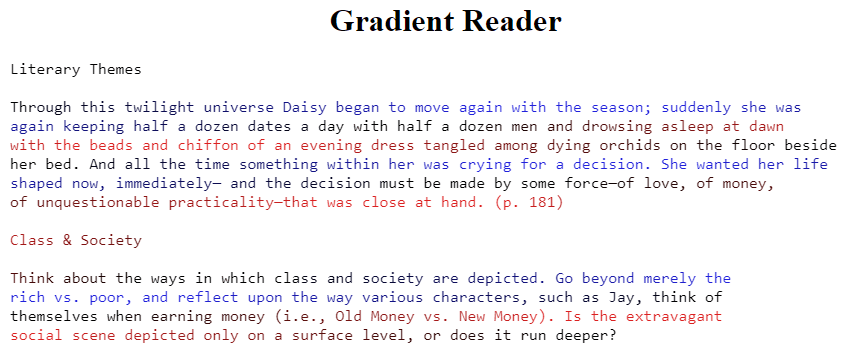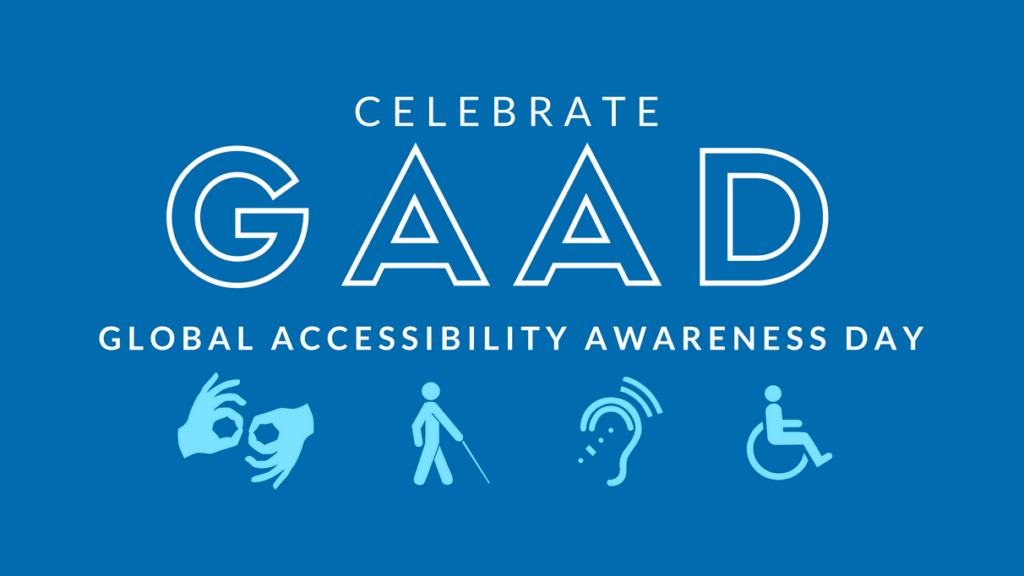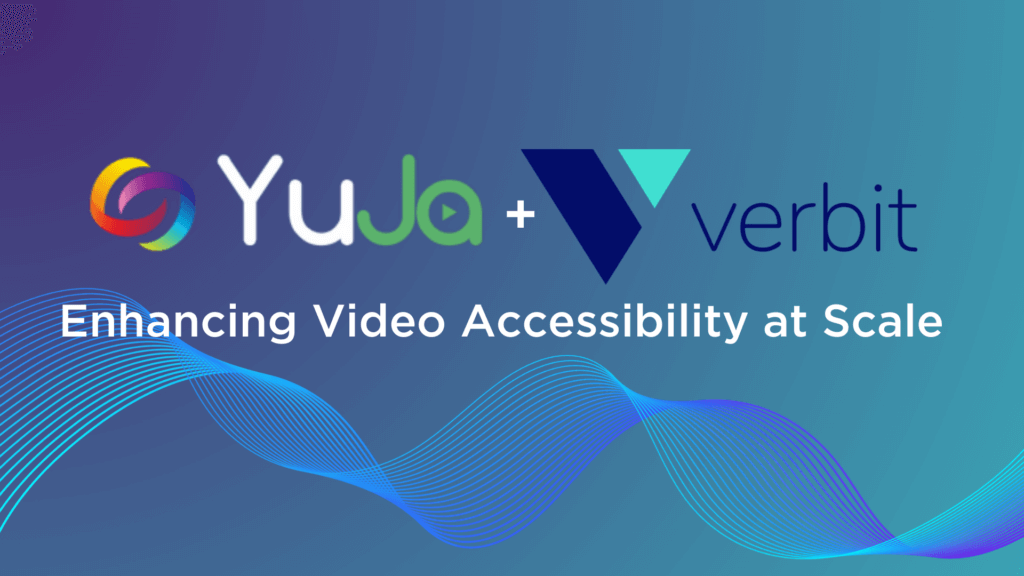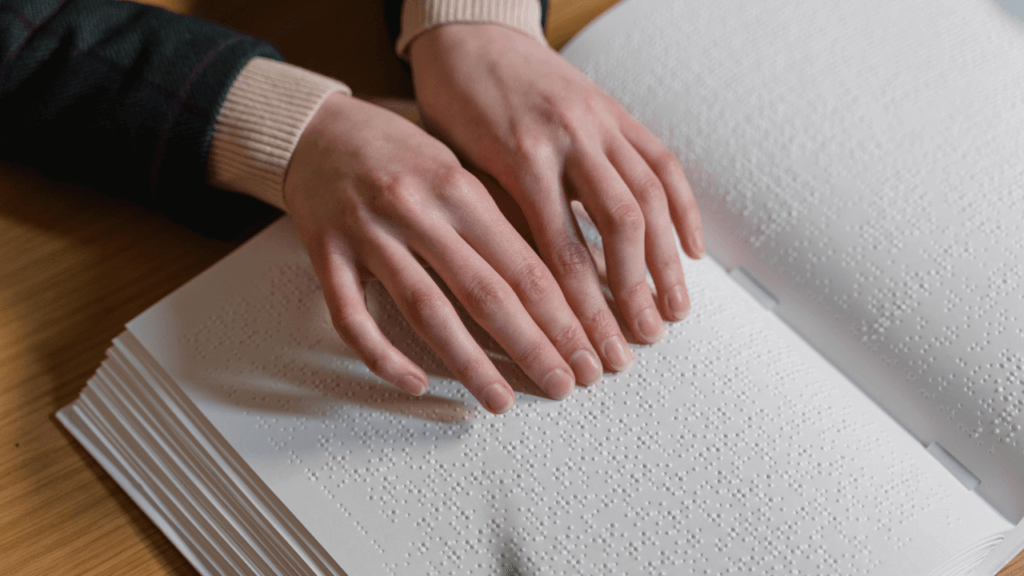Oftentimes, when people are reading, they lose information between lines and have to go back to re-read text. Many have to repeat the process more than once, making reading inefficient – especially in the format of black-on-white texts in large blocks.
Gradient readers can help people process information. Studies have shown that while using this type of technology, people read further down a page and are more likely to read to the end than when text was presented in a traditional format.
“Meanwhile, people who aren’t especially skilled at intake of text in the traditional format are systematically penalized. People who don’t read well in this one particular way tend to fall behind scholastically early in life. They might be told they’re not as bright as other people, or at least come to assume it. They might even be (incorrectly) diagnosed with ADHD, dyslexia, or a learning disability, or overlooked as academically mediocre,” The Atlantic said in the article “A Better Way to Read.”
What is a Gradient Reader and How Can it Help Students?
A gradient reader provides text in color that shifts between lines to help guide a reader’s eyes quickly and accurately to the next line.
“Meanwhile, people who aren’t especially skilled at intake of text in the traditional format are systematically penalized. People who don’t read well in this one particular way tend to fall behind scholastically early in life.”
The shift in colors helps:
- Aid in visual tracking
- Pull the readers’ eyes between lines
- Improve speed of reading
- Decrease screen fatigue
- Enhance focus and attention
Gradient Readers are shown to help with reading comprehension for all, but it can be especially helpful for those with certain disabilities, such as ADHD, dyslexia, or vision impairments.
Examples of Gradient Text
With text in a gradient, the key is that each line begins with a different color than the line below, which helps move the readers’ eyes from line to line with less of a chance of skipping to the second or third word and missing that information.

This example has shorter lines of text, which provides less processing time, but still helps the reader maintain their place, keep focus, and read efficiently.

The Gradient Reader is just one of many accessibility features in YuJa’s suite of ed-tech tools. Learn more about YuJa Panorama Digital Accessibility Platform.









